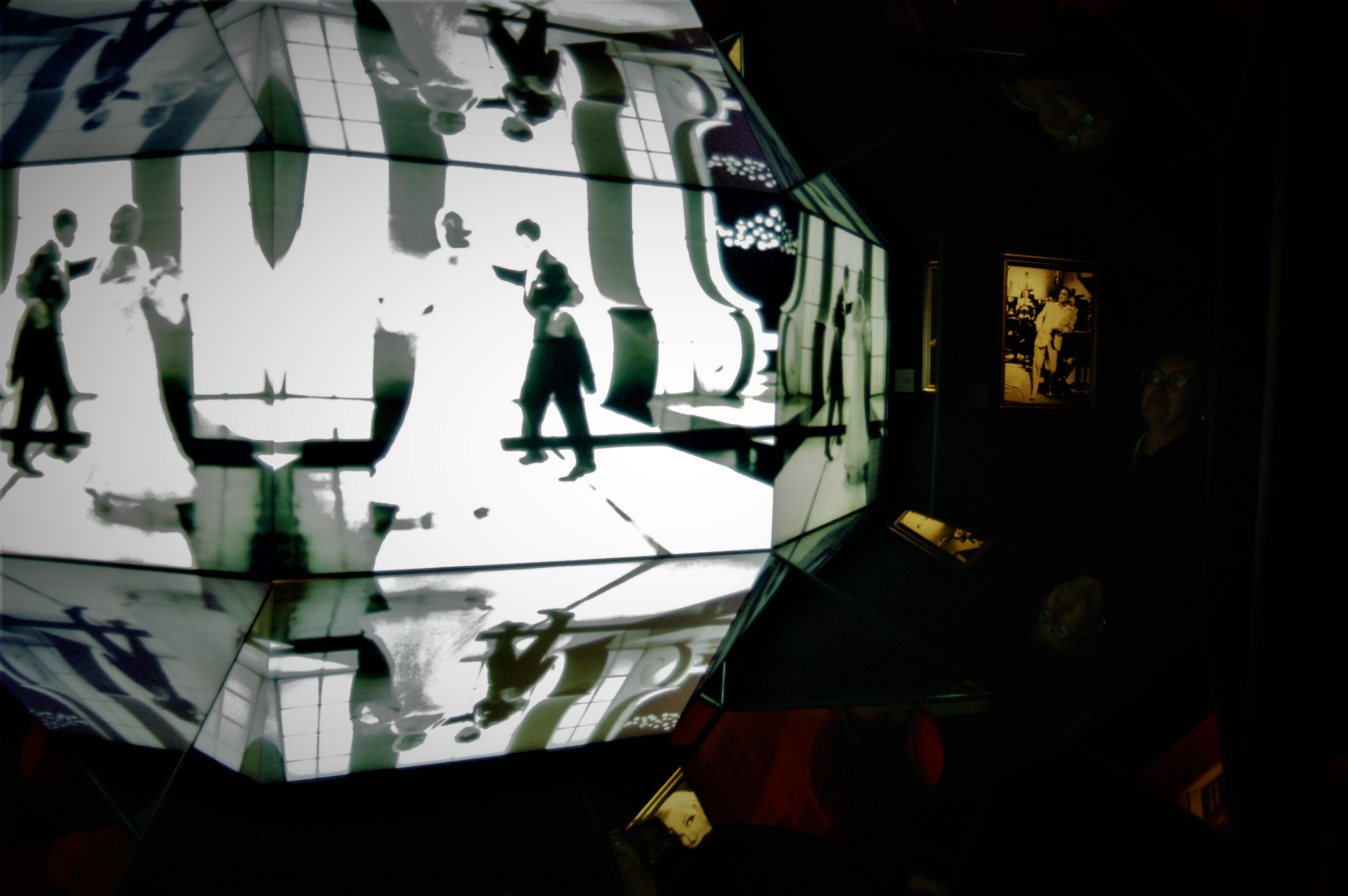Museo Nazionale del Cinema
Second scenographical phase
Milano
With an attendance of 500 to 600,000 visitors per year, the museum has expanded its offer with the creation of a new scenography. The new spaces designed, pay a tribute to the american cinema.
Project
Museo Nazionale del Cinema, Second phase
Location
Mole Antonelliana, Torino, Italy
Category
Museum
Opening
May 2008
Client
Fundazione Maria Adriana Prolo
Surface m²
3.000 m2 Renovate surfaces
Scenographic cost € HT
1.300.000 € for the renovation phase
Scope of work
Technical managementLighting designAudiovisual and multimedia engineering. Show control CFO/CFA
Partners
Scenography : Atelier Confino
Museography : Fabrizio Sabelli
Scenographical architect : LLTT
Set Builder : La Bodino
The top of the magnificiant building , the Mole Antonelliana, reaches a height of 76 m.On the 4 large triangular and curved walls 20 m high that join this summit a mapping has been produced and implemented.
The diffusion of this mapping occurs at regular intervals. It is synchronized with the closing and opening of a hundred blinds, two large format projections on the first floor and the lighting of the entire nave.
In the center of Turin, the Mole Antonelliana was built in the 19th century, an architectural curiosity that was, before the Eiffel Tower, the highest building in the world. It was intended to be a synagogue but was eventually donated to the city by the then exsanguinated Jewish community. It remained empty until the City inherited, upon her death, the fabulous collection of Maria Adriana Prolo. Certainly the most beautiful collection in the world of objects, posters, souvenirs on the pre-cinema, the cinema, the photo, which allowed to develop a very rich museography.
The extremely rich collection of the museum includes more than 2,200,000 works, including films, archival documents, photographs, cameras and art objects, posters, film memorabilia, volumes and sound recordings, in a collection considered one of the most valuable in the world. Three main themes are documented: film archaeology, photography and film history.
The diffusion of this mapping occurs at regular intervals. It is synchronized with the closing and opening of a hundred blinds, two large format projections on the first floor and the lighting of the entire nave.














